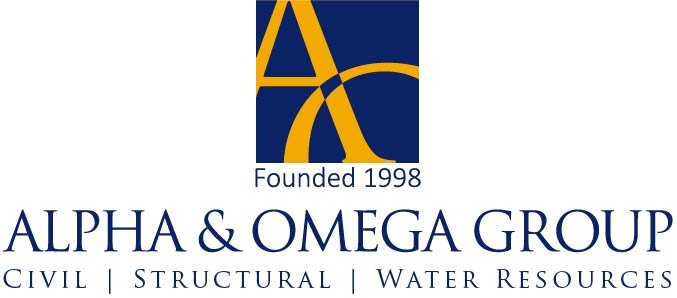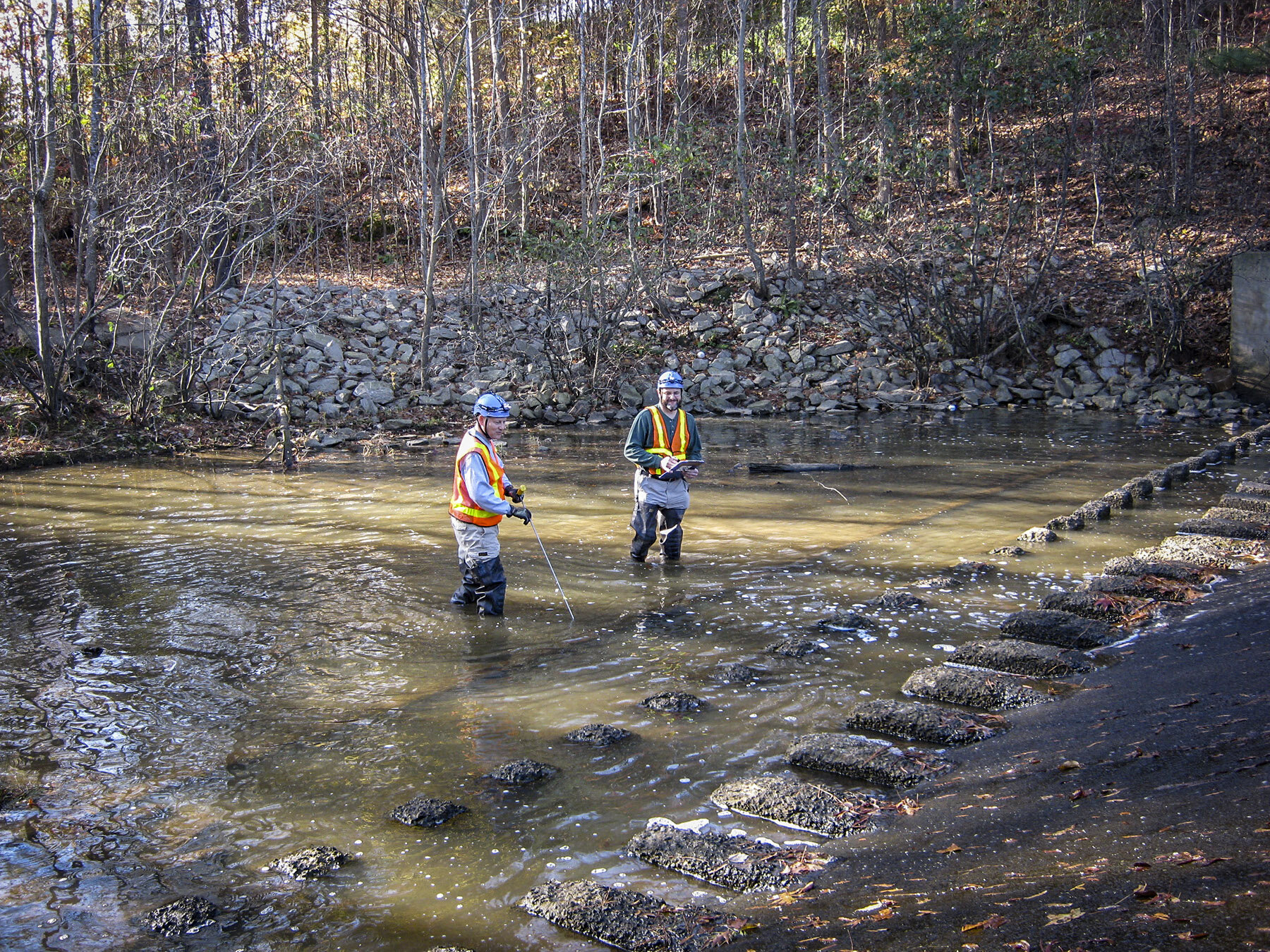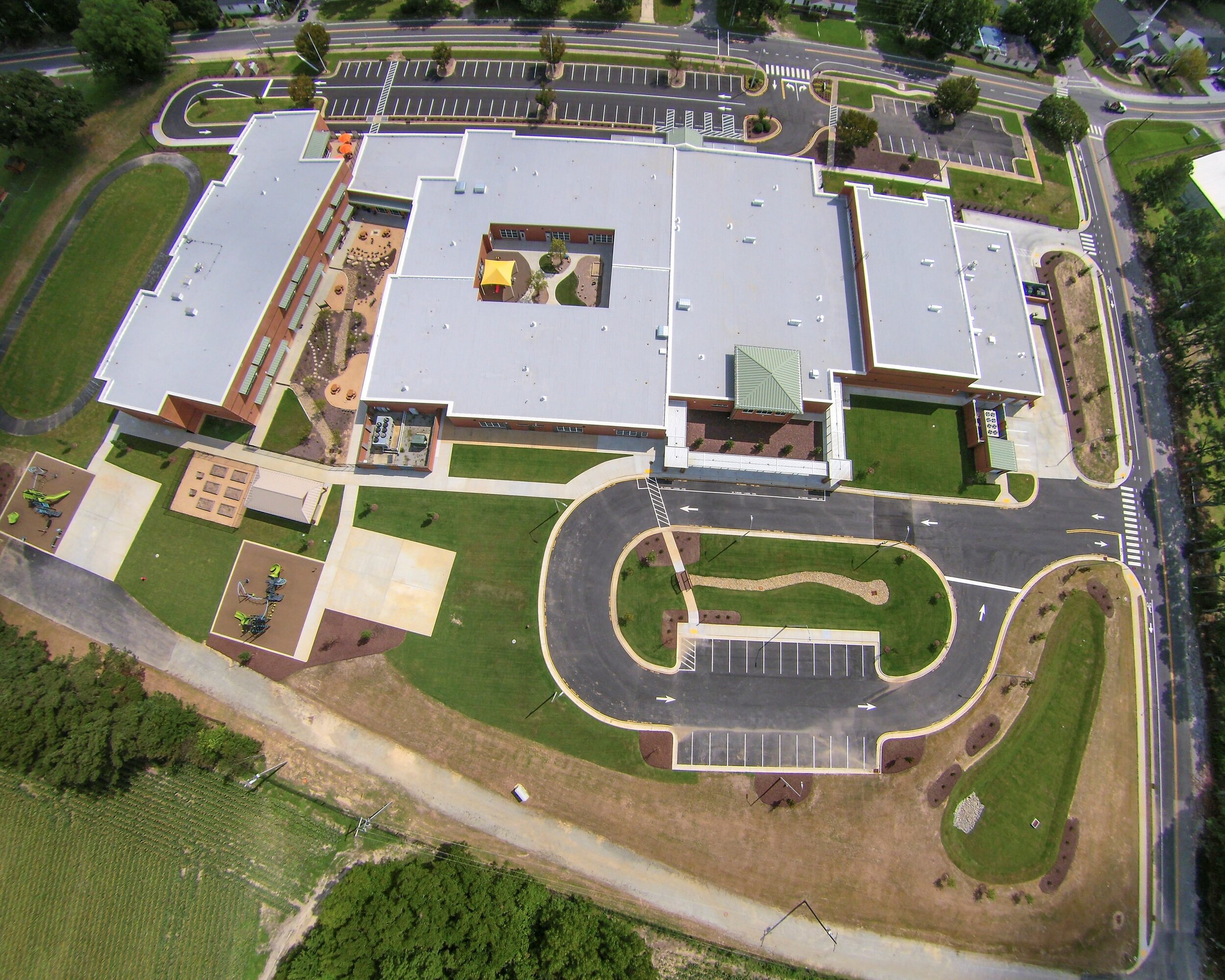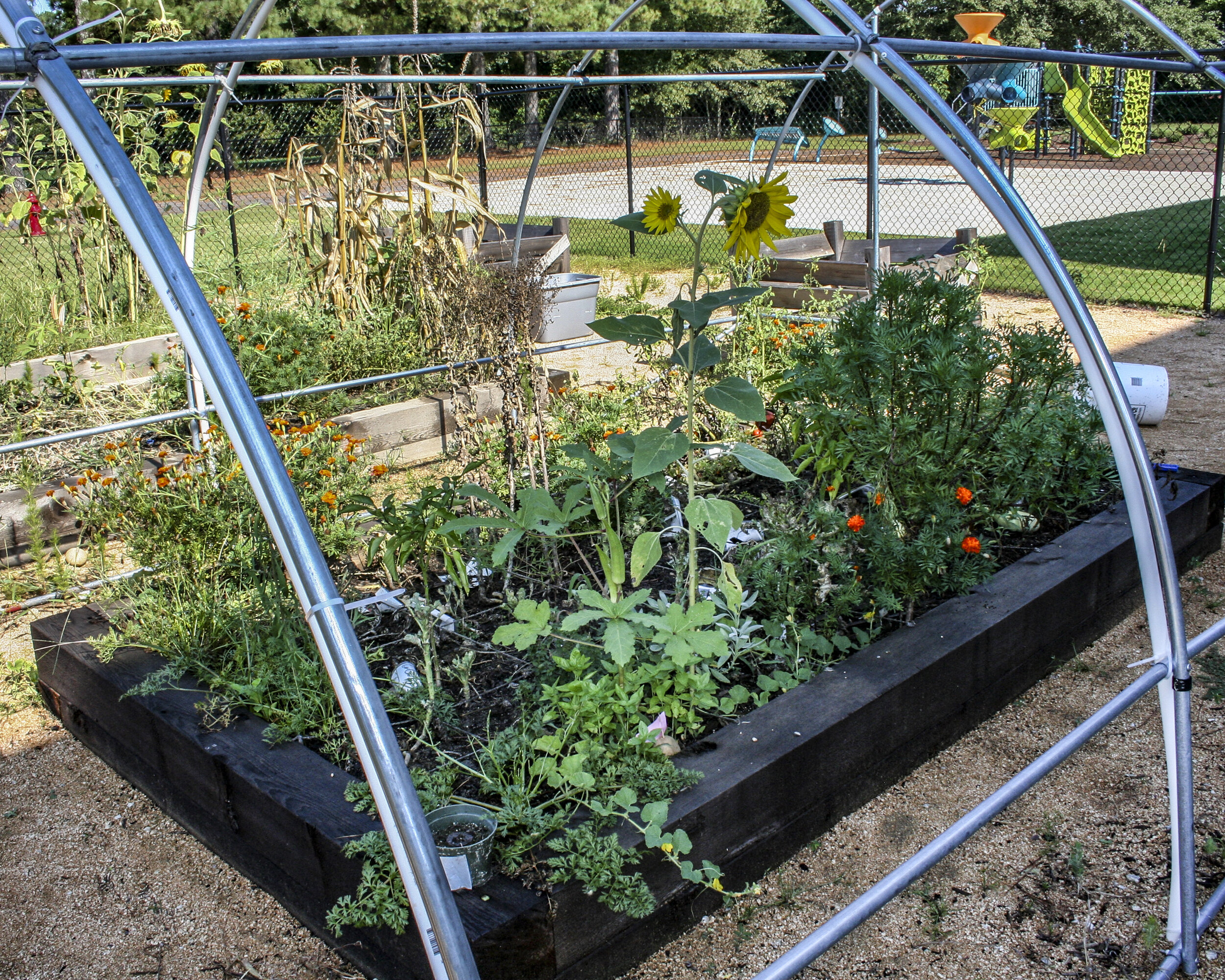Hope Survives in Western North Carolina: A Relief Worker's Perspective
/Six months after Hurricane Helene, Western North Carolina is still reeling from the aftermath. While the news cycle moves on, the residents continue to rebuild. It was my privilege to be part of these efforts as a member of a Baptists on Mission disaster relief team this February. Having only witnessed the destruction done by hurricanes on the North Carolina coast, I was shocked to experience the effects in a mountainous region. And pleasantly surprised at how residents continue to be optimistic after a disaster.
My team was assigned to work in various locations in Yancey and Avery counties during our week-long volunteer trip. During our stay, we heard miraculous stories of near-death experiences, recovery of precious property, and reassuring messages among the rubble.
As we approached Spruce Pine on our way to Burnsville, we began to see the trails of water that had washed down the mountains, pushing trees and undergrowth into the valleys and beds of rivers nearby including the French Broad and the North Toe, as well as smaller tributaries and creeks. Furniture, kitchen appliances, and even cars and trucks were mixed with branches, mud, leaves and whole trees. By now, much of the debris had been collected and deposited in designated landfills, but mounds of packed sediment still held remnants as lurking reminders. Some winding bodies of water had literally carved out new paths. Yet, even with the clear devastation, FEMA trailers sat alongside dilapidated houses as promising signs of restoration and of the work we were about to do.
One project was in a house in Micaville, owned by a 74-year-old lady who had lived there for 48 years, moving in as a young bride. She was determined not to evacuate during the storm, so when she noticed the water rising and funneling down the roads surrounding her house, she took her cat and hiked up the almost vertical hill behind her house. She watched as her car floated down a river of water that had once been a street. When she finally was able to walk down the hill, she was forced to stay in her living room until help came, due to flooding in her basement and first floor.
We completed tasks that we could, painting and replacing flooring and adding a grab bar in her bathroom, but we were limited in the time given. Her kitchen cabinets were ruined. Some had been replaced, but some were still on order. Their contents were scattered around the living area, but they would have to remain until the next group was able to install the replacements. Despite her losses, isolation, and physical disabilities, she was cheerful. She was grateful for the company when volunteer teams arrived, and the progress of repairs kept her looking forward to better days ahead.
A house we visited in Marshall, was owned by a couple who told us another harrowing story. They got their vehicles out in time, but the husband stayed back to look for a lost cat while the wife headed to higher ground. They were separated for three days without cell service, not knowing if the other was still alive. During that time, the husband saw neighbors swept away as others were rescued by the local fire department in the nick of time. After the couple was united and able to return to their ruined house, the wife found one of the only household items that was salvageable: a plaque with the word “hope”.
Our work with them ended with hope. Our team was able to give them the keys to their front door at the end of our week, marking one of our more complete projects. After praying with the couple, they told us that once they dreamed of traveling in an RV like the one parked outside, but now they don’t want to spend another day in one. They learned later that they were one of the lucky few who had flood insurance. A purchase they made days before the storm that offered them a further guarantee of renewal.
There were more stories of people all over the region losing almost everything, returning to rebuild, and finding similar signs of God’s grace and presence in their lives. Even after much devastation, hope survives in Western North Carolina. We hope through helping to repair ravaged roads and bridges and volunteering to help rebuild houses and lives in the area, we’ll be able to sustain that hope and share the love of Christ with those who need it most.
If you want to learn more about how to contribute to the relief efforts, please visit our post detailing different organizations.























